To Enjoy Great Content, It’s All About Delivery
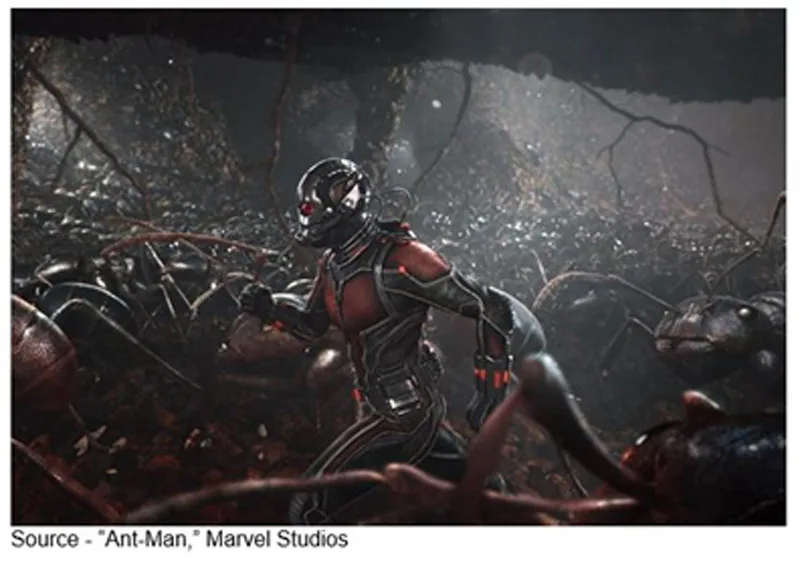
Sometimes there is simply no right path to take.
This year’s CineGear at Paramount Studios featured some great content production tools (cameras, systems, software) and informative sessions on producing great 4K, 8K, HDR, VR content.
Yes, and a few sessions on marketing your content in the brave new world.
A few weeks ago, people of all ages flocked to VidCon to hear how folks like Logan Paul, Mike Falzone, Joshua Slice, Nunes Batista, Ian Andrew Hecox make big bucks on YouTube, Facebook, Twitter, Instagram and others.
It’s true, more than a few were there hoping they’d leave with signed influencer contracts or at least a channel they could build.
The events were about as different as they could be but still had a common theme … entertaining, informative content captures eyeballs.
CineGear was special because they chose to recognize Ellen M. Kuras ASC, Reed Morano ASC, Nancy Schreiber ASC, Amy Vincent ASC, Mandy Walker ASC, and Cynthia Pusheck ASC with Pioneering Women in Cinematography Awards.
VidCon was important because the M&E industry is in a chaotic state of change.
Some folks smell blood.
Others just smell money.
While viewing on the big screen continues to be important with steadily growing numbers for Netflix, Amazon, Hulu, Roku and other OTT services; TV set sales have remained flat.
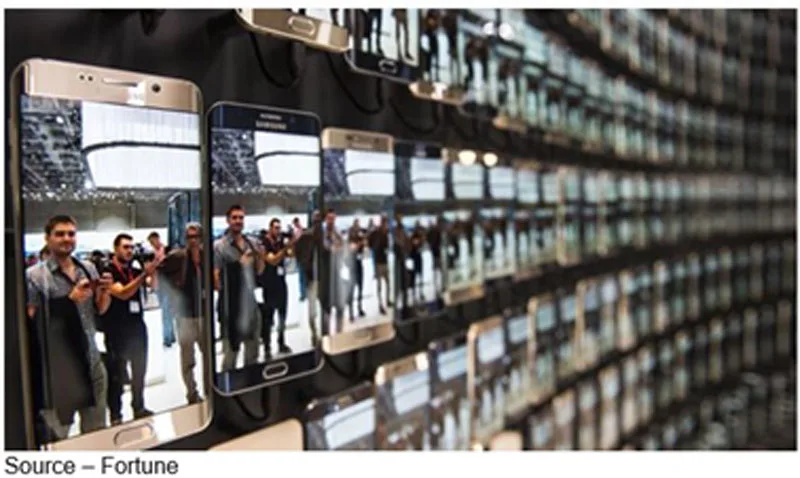
The same can’t be said for smartphones.
Demand continues to grow; but once penetration hits 50 percent (of any product), continued growth comes slower, harder, more expensive. If you can afford one … you have one.
Everyone else?
If it isn’t the phone, it’s the cost of service that is getting budget bustin’!

The number of mobile subscribers climbed to about 7.9B during the first quarter of the year.
While voice calls remained stubbornly low, data traffic rose 54 percent year-to-year.
People are spending almost eight hours a day consuming media; and very shortly, mobile will surpass TV viewing.
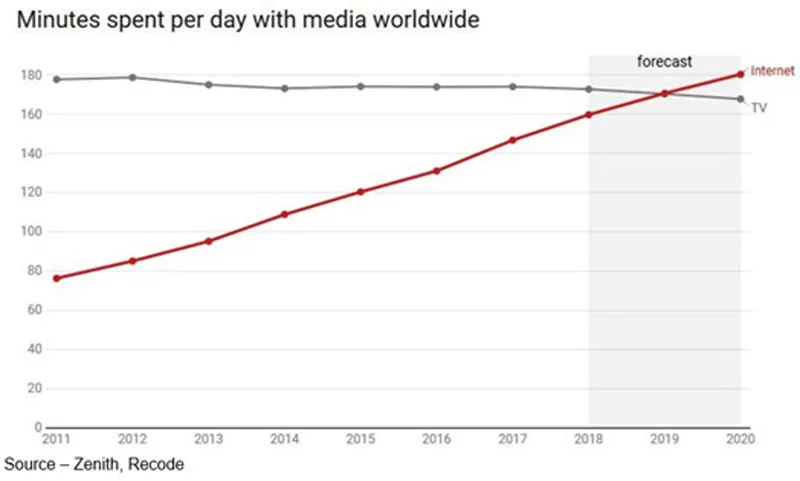
And hey, I get it. I’d like to blame my kids and all their preteen, teen friends for ruining things for the cable guy and POT (plain old TV).
Unfortunately, it just ain’t so!
It turns out, your folks – and their folks – have found that “tuning in” a game or show on the smartphone is really convenient.
And it eliminates a lot of “discussions” about what you’re going to watch and who gets control of the remote control … tonight.

Against this changing backdrop of development, production and viewer demand; traditional media companies are anxious to bulk up by buying or being bought by infrastructure companies.
Firms born in the online era – FAANG (Facebook, Amazon, Apple, Netflix, Google) and BAT (Baidu, Alibaba, Tencent) — aren’t interested in affiliate fees. They’re out attracting – even hiring – the talent to create content they can sell – subscription or ad-supported – to people with large and small screens.
Because Netflix already knows what content most people want – using really helpful technology – they’re out hiring producers, directors, Hollywood/non-Hollywood types to make the features and series that people around the globe really want to watch … on any screen.
Their very rich data analysis/recommendation software – and a pinch of luck – allows the company to build a project they know will have a core fan base before the crew has been hired.
“Being proactive, predictive and understanding of what each viewer wants to watch upfront, and on what device, is rapidly driving the industry,” commented Allan McLennan, Chief Executive of the PADEM Media Group. “Being able to serve up the viewer’s choice of programming prior to their actual selection helps manage costs and prepare for delivery on a number of levels – i.e., accurate comps, content licensing, program promotion, network load efficiency. These are just a few of the areas that drive programming success as well as viewers QoS.
“Combine this with the growing demand on networks of providing a ‘TV-like experience over IP’ is just as important as having a broad selection of content,” he added.
“Having both – a high network QoS and an ever-changing great selection of content – gives the provider the option of multiple viewer engagement models – subscription or accepted targeted/intelligent advertising,” he emphasized.
And as they expanded into almost every country (190 last count) Netflix found people are more alike than they’re different.
A hit is a hit in every language and every country.
A tailor-made French-produced film will do well in India or Japan, just as a Saudi film will be well received in Canada or the U.S.
It’s a good thing, because they’ll be acquiring or making more than 1,000 titles this year for worldwide distribution on their network.
Even though you’re not making calls with the screen that’s in your hand, the MWC (Mobile World Congress) players know their time has come and they need content – great content – to fill their pipes.
AT&T dropped a bundle on Times Warner and then quickly bought up some ad tech deals to get income from the smartphone user and the advertisers who want to reach them.
Not taking the shift to OTT and mobile lying down, cable folks have been quick to respond by adding their own MVNO (mobile virtual network operator) services.
The internet to the home and wireless phone service bundle has slowed and, in most instances, reversed customer shrinkage to the point where Comcast, Rogers, Sky, Canal, BT and the hundreds of other cable firms have begun adding mobile customers.
Both services want to control the last 100 feet to the consumers’ screen – regardless of the size or location of the screen.
But having a large inventory of content alone is not enough if the customer can’t receive and enjoy it.
To date, wireless service has been provisioned as 1G to 4G (analog to digital to IP) and revenue was predictable … the more usage, the more revenue grew.
But we’ve entered a new era that is beyond simply entertainment.
Soon, virtually everything will be connected/communicating wirelessly – transportation, your home, your home town, businesses and often even products – the internet of things, the internet of everything.
High-frequency 5G technology will provide the capacity but not without difficulty and investment.
The high-frequency radio waves are affected by the environment; and with so many critical systems being connected there are lost signals or degradation.
While it is being positioned as the next-generation technology, it will require a lot of support from service providers, chipmakers, device manufacturers and software developers.

It will also take a tremendous investment in time and money – industry experts estimate $200B – to ensure strong, reliable signal service to handle the growing demand.
While there are a number of 5G trials taking place around the globe and glowing marketing promises, the first-generation standards were only recently announced for networks, phones and chips.
Most mobile-phone companies are targeting 2020 for real rollout, which is supposed to be 10X faster with lower latency and minimum lag time (all tremendously important to enjoy your video content).
Revenue growth will be about 2.5 percent a year through 2025; and in industrialized countries like the U.S., the wired and wireless market is pretty saturated.
Getting “new” subscribers usually means taking them from someone else.
You know:
- T-Mobile bundling Netflix
- AT&T with skinny and TW bundles
You can do it, but the cost of winning comes right off the bottom line; and as we all know, there’s always someone willing to offer you a better deal.
By bringing on Hans Vestberg, former CEO of Ericsson, Verizon is clearly taking a different path getting there first with robust 5G.
It’s rather important because when they offered unlimited data service in the U.S., their performance took a nasty hit.
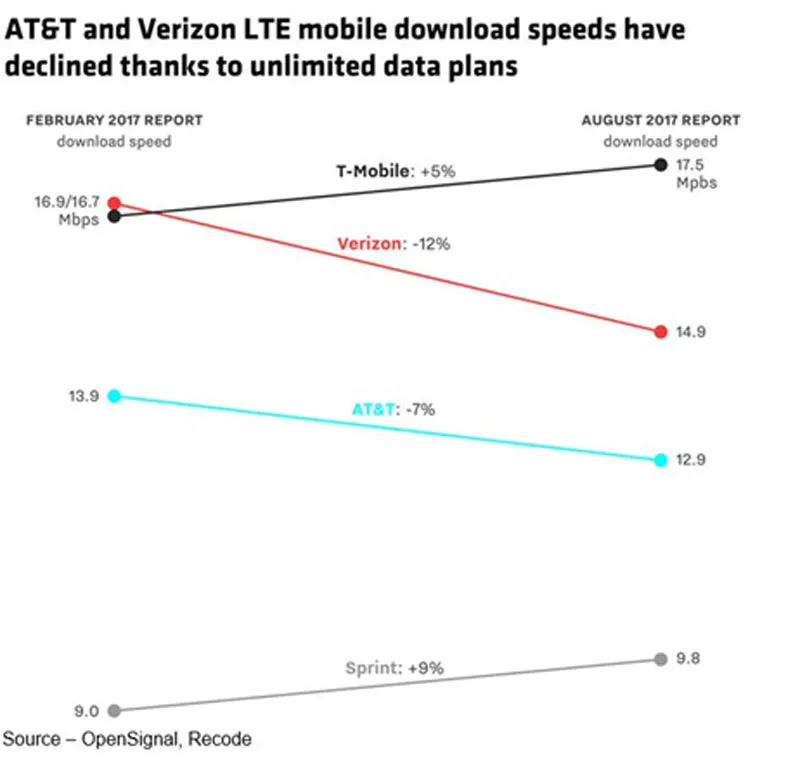
To solve their problem, Sprint and T-Mobile focused on merging to improve their performance and coverage.
Obviously, AT&T chose to buff up their content offering, figuring you’d hardly notice the buffering, slow load times or slightly bigger monthly bill with so much great content to choose from.
Verizon appears to be taking a different route to maintain it’s strong position in the connected world.
Well actually, Vestberg wasn’t shy about his new employer’s and his goal when he said, “We are racing ahead to remain at the forefront of technology, connectivity and mobility.”
With FAANG, BAT and even media companies writing big checks to acquire TV, film companies and their libraries to appeal to the fickle viewing public.
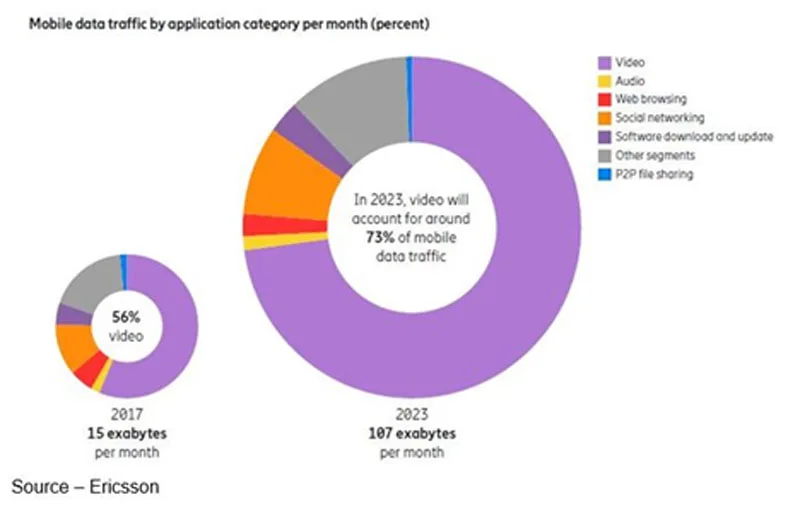
The content may come from Disney, Apple, Fox, BBC, Wanda, Fuji, ITV, Mediaset or any of the thousands of TV, film production firms around the globe.
At the end of the day, it’s the people with the fastest, biggest pipe and lowest response time who most folks – content/ad sellers and consumers – rely on and are willing to pay so consumers can be reached before they click away.
Kids and adults don’t like waiting–even when you have a good excuse like Scott Lang when he said, “Sorry I’m late, I was saving the world. You know how it is.”
# # #